The BRC said food price inflation had crashed to a two-year low of 3.1%. Well, it’s even better than that. As The Grocer Price Index reveals this week, if you factor in promotions (which we do, because 50% of spend is accounted for this way), year-on-year inflation in the big four is down to just 1.6%.
According to the GPI, inflation halved between June and July, driven down by a combination of price hikes last year and price cuts over the past month [BrandView.co.uk].
This time last year, post-promotion price inflation was running at 5%, the GPI reported, following aggressive price increases across almost all product categories. But this year prices have fallen by 0.6% month-on-month, with cuts coming from two-thirds of the 15 categories tracked.
As the nation geared up for the Olympics, soft drinks and snacks were expected to deliver the most show-stopping promotions, but the biggest month-on-month cuts - of more than 3% - came from baby, deli and frozen items. By comparison, soft drinks and confectionery, snacks and biscuit prices fell by just 1.3% and 1.8% respectively
Wholesale packaging prices: the only way is down
The only way is down as far as packaging prices are concerned. All 10 of the materials in our tracker are currently showing year-on-year and month-on-month falls, with seven out of 10 having declined by double-digit margins over the past year.
Much attention is focusing on the steel market, which has seen prices fall sharply in response to China upping its steel exports to their highest level since July 2010. At £473/tonne, steel prices are now nearly 20% below their July 2011 levels, and down 4.7% in the past month.
There have also been dramatic falls among plastics as crude oil prices have declined, with the influential Platts index for naphtha - a key feedstock for plastics - falling by 35% between March and June this year. Although crude and naphtha prices have since started rising, plastics are set to remain on a weaker trajectory because of low demand and strong global supplies.
In addition to pre-Olympics deals, lower costs on some commodities also contributed to lower food price inflation, but such commodity-related gains are likely to be short-lived. “The relief may not last,” said BRC director general Stephen Robertson. “Poor harvests, especially of corn and wheat in the USA, are creating a build-up of inflationary pressure.”
Morrisons kept the tightest lid on inflation in July, beating Asda into second place with an inflation rate of just 0.6%. Its low inflation was driven largely by cheaper frozen products, which were a whopping 10.5% cheaper in July than in June, as well as baby products, which were down 5.7% month-on-month.
Overall inflation figures for Asda, Sainsbury’s and Tesco all came in at just under 2%, but prices varied more widely when stripping out the effect of promotions. At a base price level, Asda was the clear winner, keeping inflation down to just 0.3% in July, with a 7% year-on-year reduction in meat, fish and poultry base prices.
At 2.5%, base price inflation was highest at Sainsbury’s, but the Paralympics sponsor invested heavily in promotional price reductions, giving it an overall inflation rate of 1.9%. Its biggest cuts came from deli and biscuits as well as confectionery and snacks.
Waitrose continued to keep inflation down, having made a significant move on price in May when it expanded Brand Price Match to all branded groceries. Both before and after promotions were factored in, inflation was running at 1.2%.




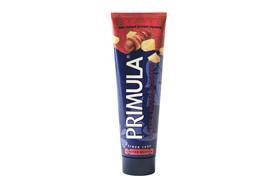


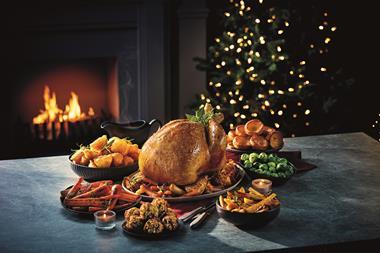
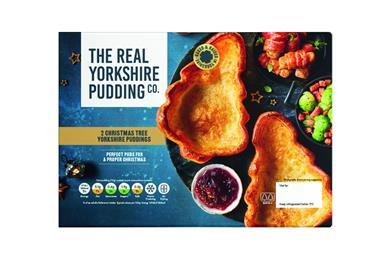
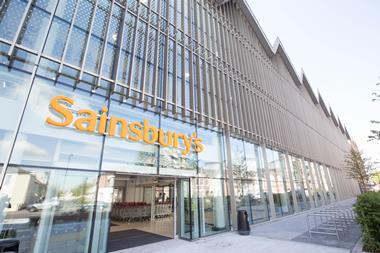
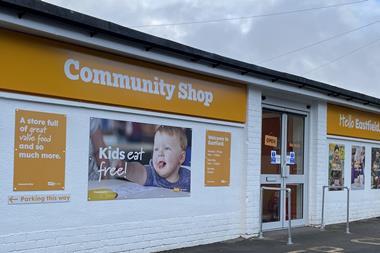

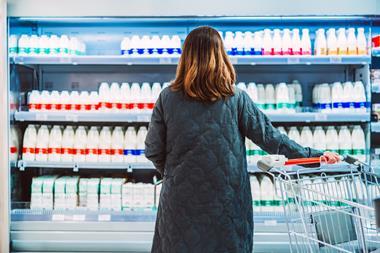


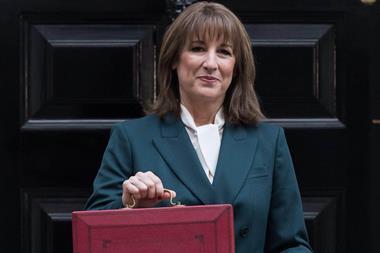
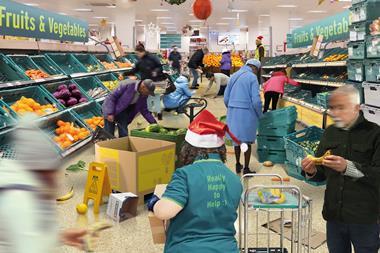
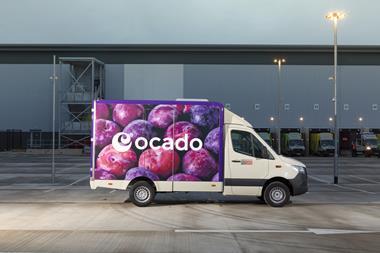

No comments yet